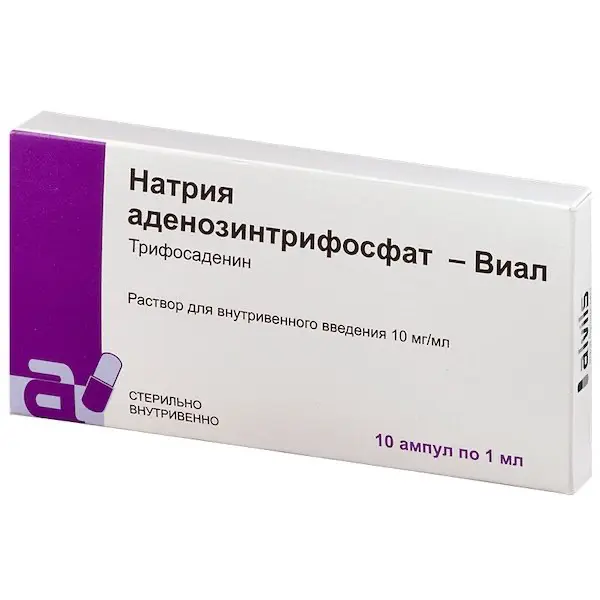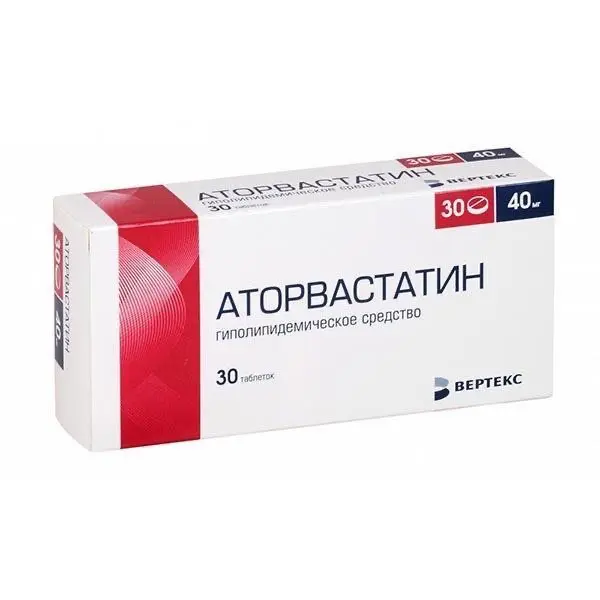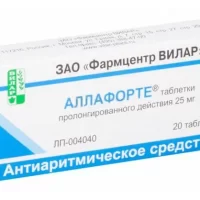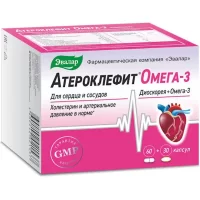Description
Sodium Adenosine triphosphate Pharmacodynamics
Metabolic agent, has hypotensive and antiarrhythmic effects, dilates coronary and cerebral arteries. It is a natural macroergic compound. It is formed in the body as a result of oxidative reactions and during glycolytic breakdown of carbohydrates. It is found in many organs and tissues, but most of all in the skeletal muscles.
It improves metabolism and energy supply of tissues. By splitting into ADP (adenosine diphosphate) and inorganic phosphate, triphosadenine releases a large amount of energy used for muscle contraction, protein synthesis, urea, intermediate metabolic products, etc. Subsequently, the breakdown products are incorporated into ATP resynthesis. Under the influence of trifosadenine, blood pressure decreases and smooth muscles relax, nerve impulse conduction in autonomic ganglia and excitation transfer from nervus vagus to heart improve, myocardial contractility increases. Trifosadenine suppresses automatism of sinus-atrial node and Purkinje fibers (blockade of Ca2+channels and increased permeability for K+).
It is impossible to trace the kinetics of parenterally administered ATP preparation due to the high stress of various reactions involving its own ATP. However, it is known that sodium adenosine triphosphate is rapidly degraded at the site of injection into adenosine and phosphate residues that are then used for the synthesis of new ATP molecules.
Indications
Treatment of paroxysmal supraventricular tachycardias (excluding atrial fibrillation and/or flutter).
Contraindications
– Hypersensitivity to the drug;
– acute myocardial infarction;
– severe arterial hypotension;
– Severe (HR less than 50 bpm) or clinically significant bradycardia between attacks;
– sinus node weakness syndrome;
– Grade II-III atrioventricular block (except for patients with an artificial pacemaker);
– prolonged QT interval syndrome;
– acute heart failure and chronic heart failure in the decompensation phase;
– bronchial asthma;
– chronic obstructive pulmonary disease;
– Concomitant use with dipyridamole;
– Under 18 years of age.
Dosage and administration method
- The drug is injected intravenously rapidly into a central or large peripheral vein, 3 mg (0.3 ml of the drug) within 2 seconds under ECG and arterial pressure monitoring, if necessary 6 mg (0.6 ml of the drug) is injected again in 1-2 minutes, 12 mg (1.2 ml of the drug) in 1-2 minutes.
- In case of atrioventricular conduction abnormalities, discontinue the drug.





